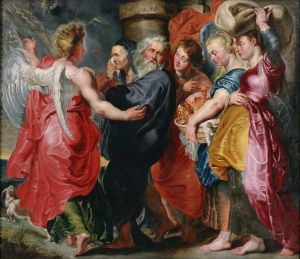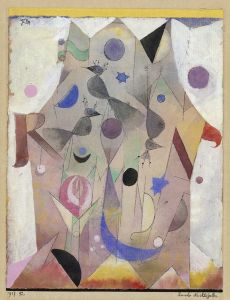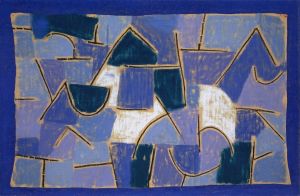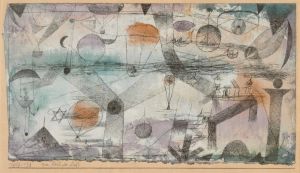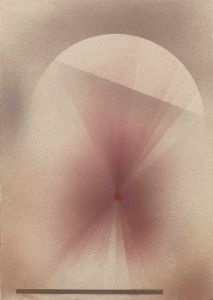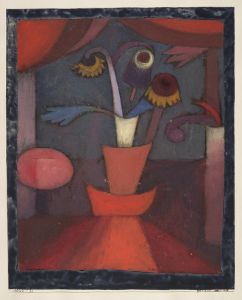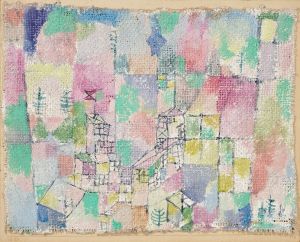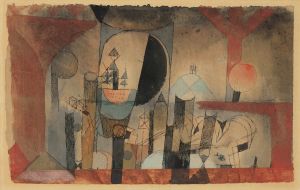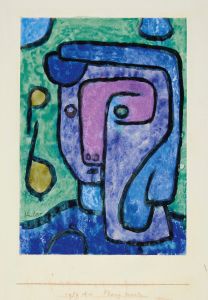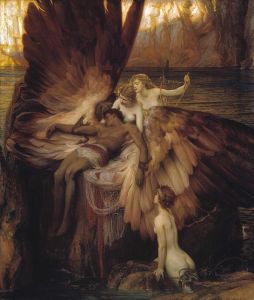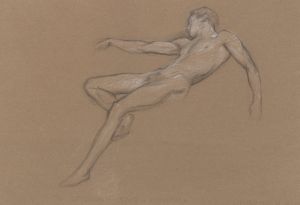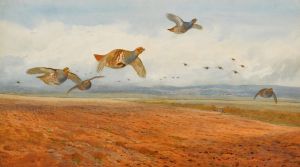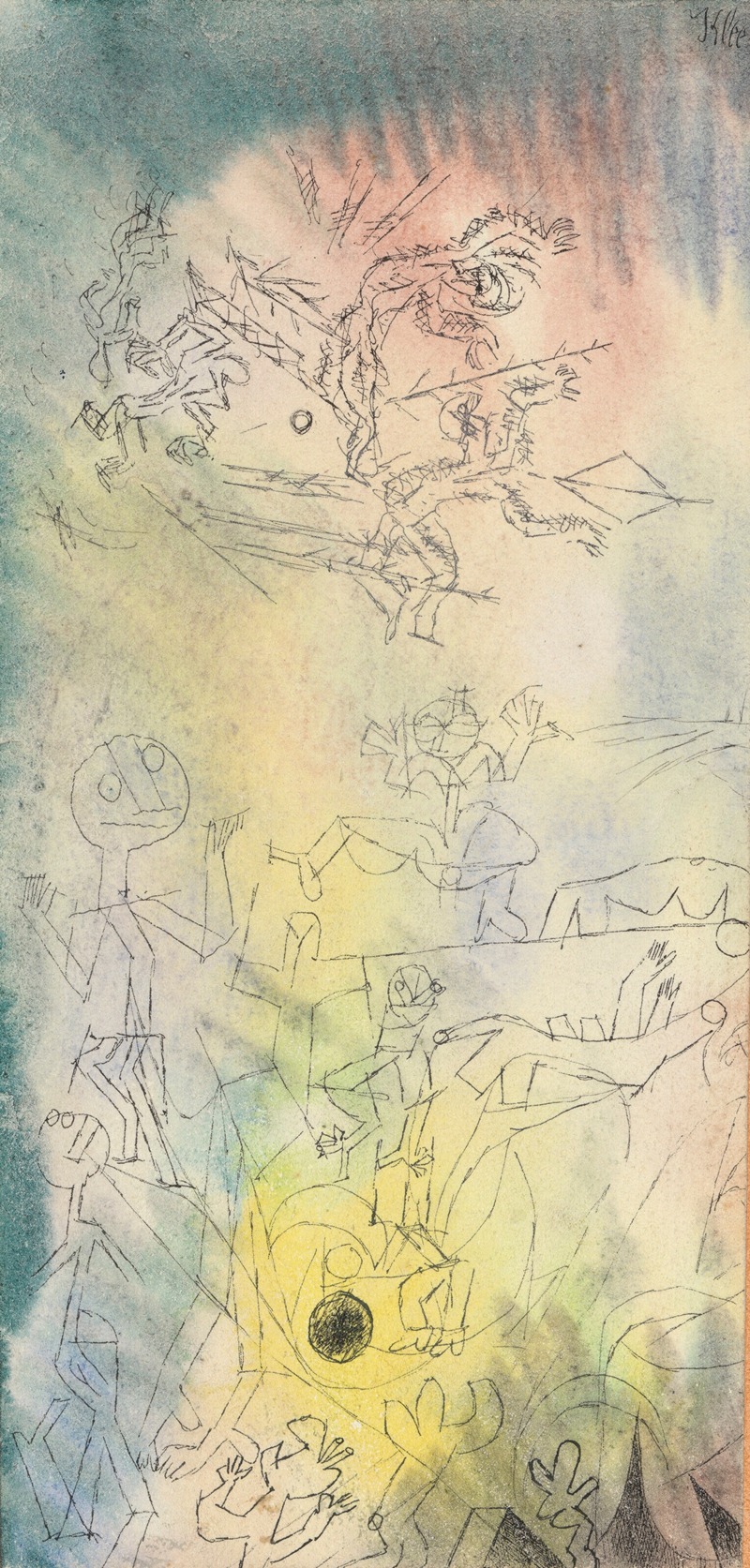
Luftkampf
A hand-painted replica of Paul Klee’s masterpiece Luftkampf, meticulously crafted by professional artists to capture the true essence of the original. Each piece is created with museum-quality canvas and rare mineral pigments, carefully painted by experienced artists with delicate brushstrokes and rich, layered colors to perfectly recreate the texture of the original artwork. Unlike machine-printed reproductions, this hand-painted version brings the painting to life, infused with the artist’s emotions and skill in every stroke. Whether for personal collection or home decoration, it instantly elevates the artistic atmosphere of any space.
Paul Klee's Luftkampf (translated as "Aerial Combat") is a painting created in 1922 by the Swiss-born German artist, who is widely regarded as one of the most influential figures in modern art. Klee was associated with several major art movements, including Expressionism, Cubism, and Surrealism, and his works often reflect a unique synthesis of abstraction and figuration, as well as a deep interest in color theory and symbolism.
Luftkampf is a work that exemplifies Klee's ability to convey complex themes through a seemingly simple and whimsical visual language. The painting depicts an abstracted scene of aerial combat, a subject that may have been inspired by Klee's experiences during World War I. Although Klee did not serve in active combat, he worked as a painter of camouflage for the German army, which exposed him to the technological and destructive realities of modern warfare. This experience influenced his artistic exploration of themes related to conflict, technology, and the human condition.
The composition of Luftkampf features geometric shapes, lines, and symbols arranged in a dynamic and fragmented manner, evoking the chaos and movement of aerial combat. Klee's use of color is particularly striking, with a palette that includes earthy tones, muted blues, and reds, creating a sense of tension and energy. The painting's abstract style allows viewers to interpret the scene in various ways, reflecting Klee's belief in the power of art to transcend literal representation and engage the imagination.
Luftkampf was created during Klee's tenure as a teacher at the Bauhaus, the influential German art school where he worked from 1921 to 1931. This period marked a significant phase in Klee's career, as he developed his theories on art and experimented with new techniques and materials. His work during this time often explored the interplay between structure and spontaneity, as well as the relationship between art and science.
The painting is now part of the collection of the Zentrum Paul Klee in Bern, Switzerland, a museum dedicated to the artist's life and work. The Zentrum Paul Klee houses a significant portion of Klee's oeuvre, offering insight into his artistic development and the diverse themes he explored throughout his career.
As with many of Klee's works, Luftkampf invites viewers to reflect on the complexities of human experience, blending playful abstraction with profound commentary on the world around him.






